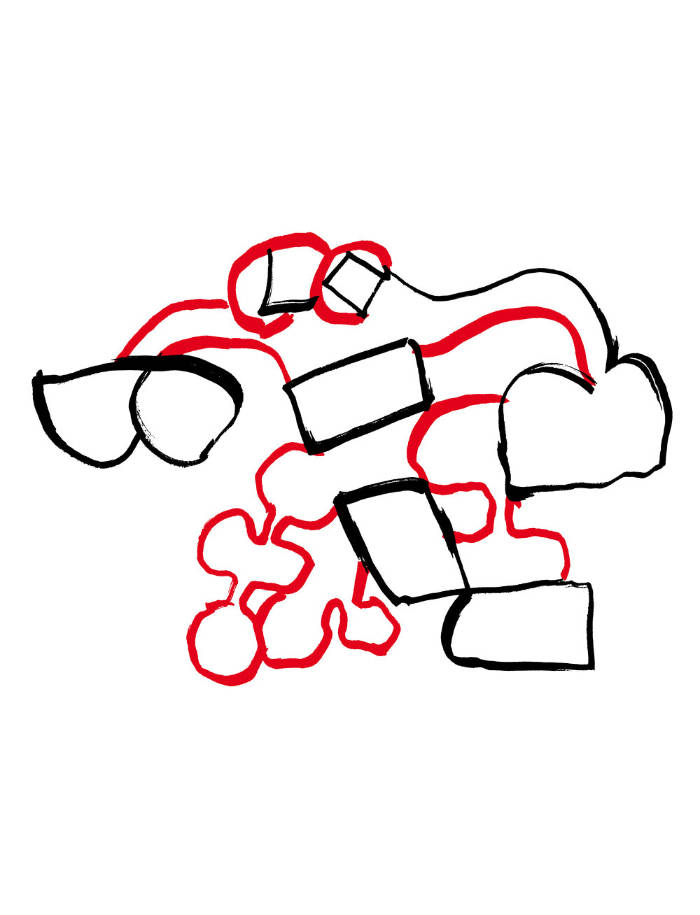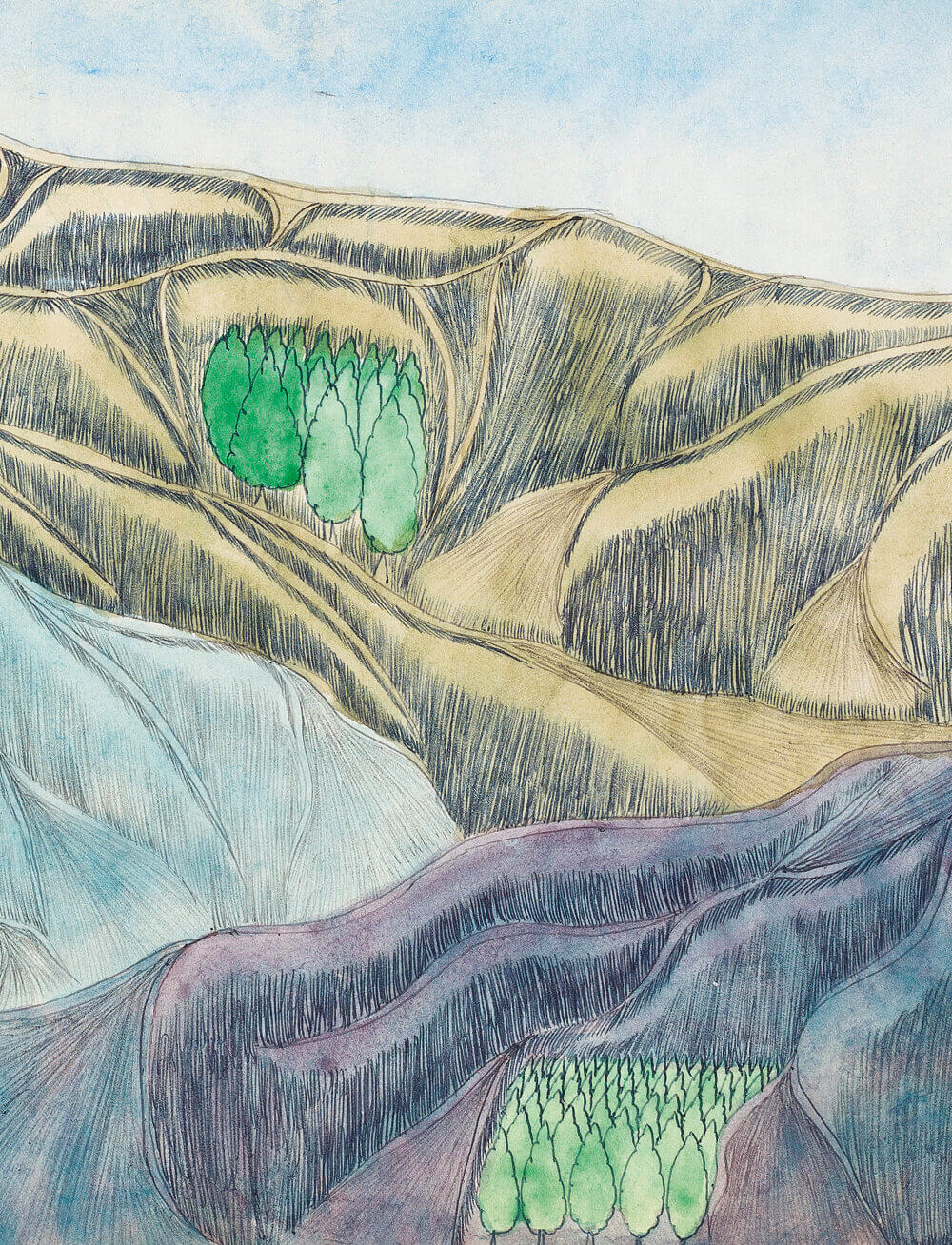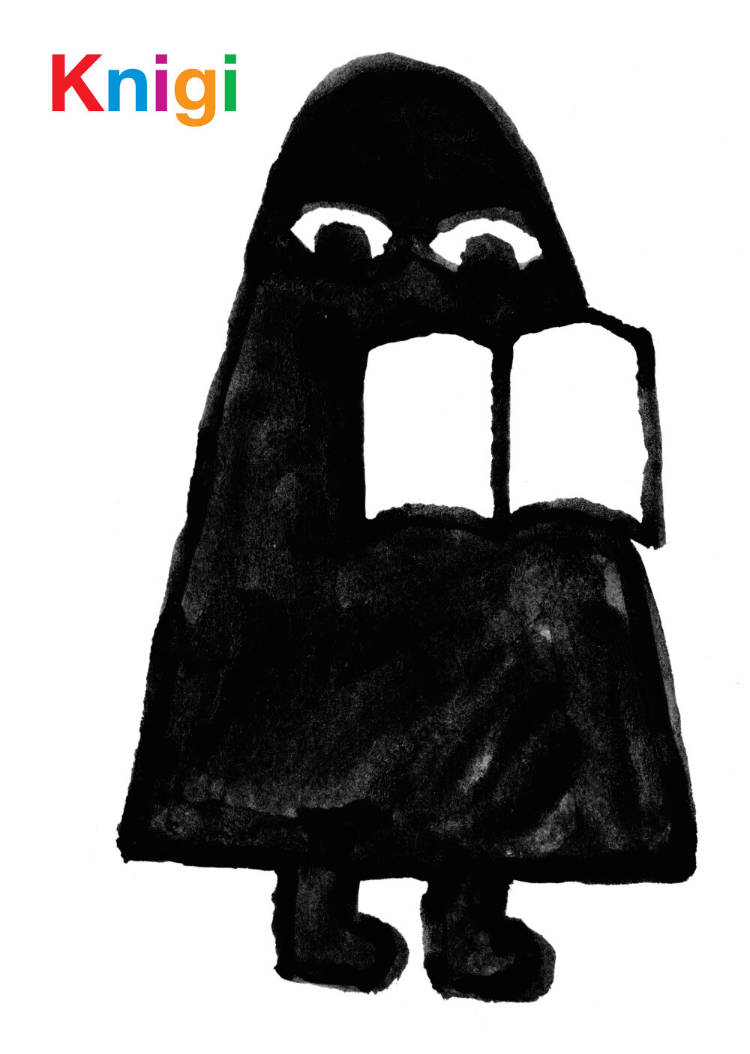
Worry Thumb
Espen Friberg, Marianne Røthe Arnesen
A glimpse into the garden—where worry, a lonely bird and others live—of EF+MRA, a collaborative drawing project that Norwegian artists Espen Friberg and Marianne Røthe Arnesen started together in 2014.
Espen Friberg (born 1981) is an artist and musician based in Hvitsten, Norway. He co-founded with Aslak Gurholt Rønsen the design studio Yokoland in the early 2000's.
Marianne Røthe Arnesen (born 1986) is a painter and illustrator based in Hvitsten, Norway. She is also 1/2 of EF+MRA, a collaborative drawing practice with Espen Friberg.
Language: English







